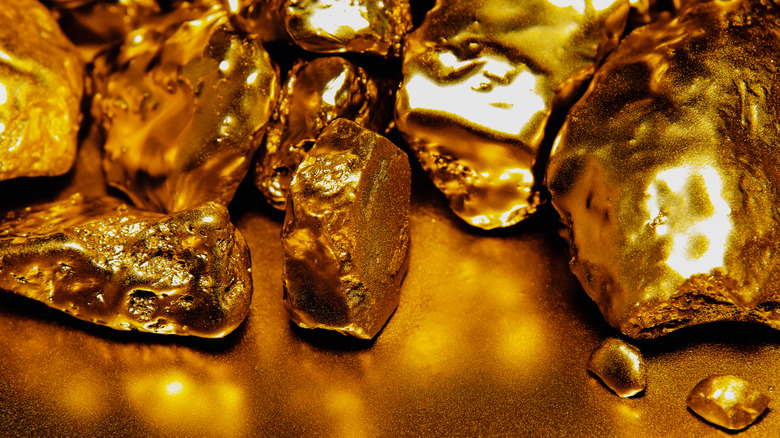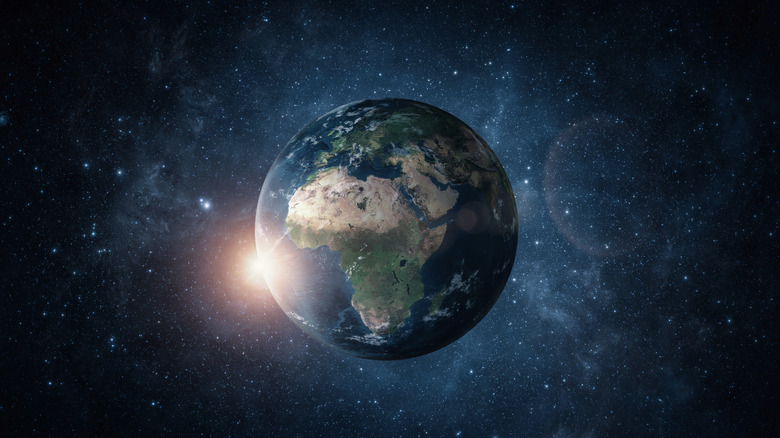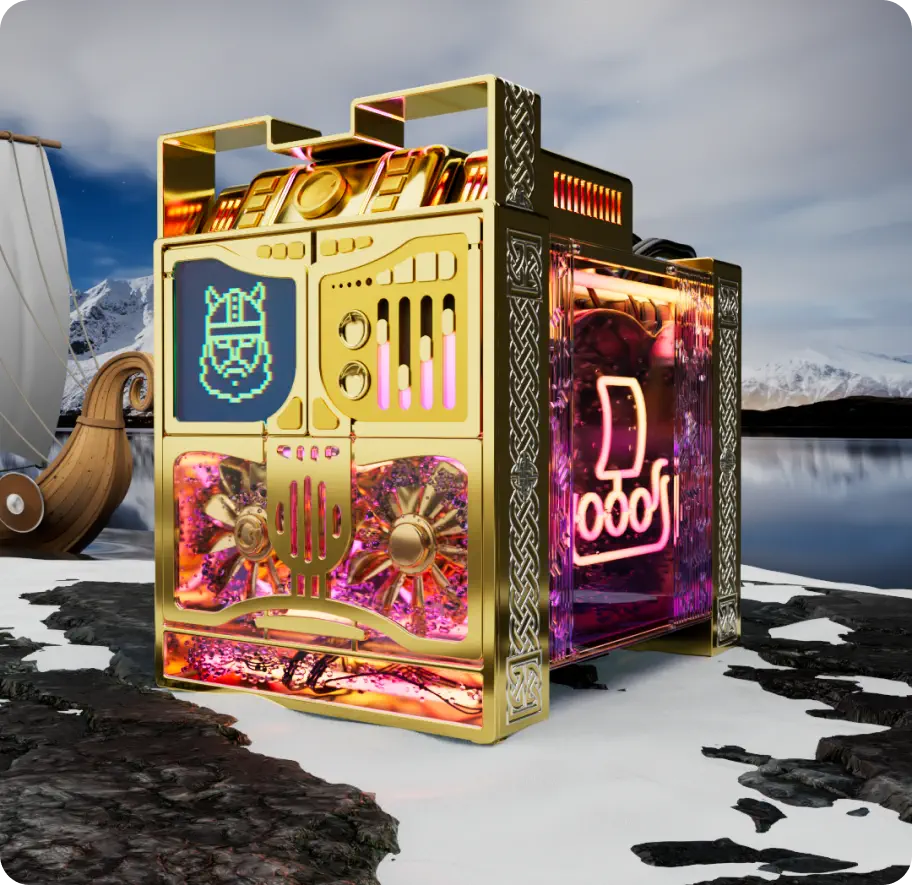
Do The Great Lakes Have Tides?
The Great Lakes have been a part of the historical, cultural, and economic fabric of the United States and Canada ever since the first explorers arrived in the region in 1615 (per History). Some of the major cities of both countries, including Chicago, Cleveland, and Toronto, are built on their shores. Further, shipping between those cities and others has been going on for centuries; indeed, a popular song references the tragedy of a ship and its crew meeting their demise in Lake Superior (“The Wreck of the Edmund Fitzgerald”). In terms of economic significance and human settlement, the Great Lakes are not unlike small-scale oceans.
One aspect of sailing on or living adjacent to the ocean is the matter of tides. The moon’s gravitational pull on the Earth makes the sea to bulge slightly in the middle, causing the shoreline to ebb and flow as the sun, moon, and Earth do their dance across the universe. But do tides affect the Great Lakes as well?
The Great Lakes have tides but the lakes are also non-tidal
The Great Lakes do have tides, but at the same time, the five lakes are considered non-tidal. Confused? Here’s what that means: The moon’s gravitational pull on the earth does indeed affect the water in the Great Lakes in the same way that it does the oceans, according to the National Ocean Service, including twice-daily ebbs and flows such as you would see at the shore of the ocean. However, the effect is downright trivial. When the tides there are at their highest — during the Great Lakes Spring Tide — the combined forces of the sun and moon exert the biggest pull on the lakes but the difference is only a couple of inches. What causes a significantly more dramatic effect on the lakes’ water levels are more mundane things like barometric pressure and the wind. As such, that means that the Great Lakes are considered non-tidal.
However, that’s not the end of the story. The lakes are also subject to an effect of the wind that creates an oscillating wave that has a lifespan of a few hours, not unlike a tide. This phenomenon, called a “seiche,” is often mistaken for a tide.

The Untold Truth Of The Murderous Dr. Cream

Why Some Scientists Predict The Sun Might Turn On Earth's Plants

Why Andrew Johnson Pardoned Abraham Lincoln's Attempted Assassin

Monster In The Shadows: The Suspicious Death Of Brittney Wood's Uncle

This Bizarre Cheese Law Sounds Fake But Is Actually Real

Bizarre Things We've Sent To Outer Space

How Napoleon Turned The Paris Catacombs Into A Tourist Attraction

Here's How Wallabies Ended Up In Ireland

Why Caleb Followill Was Hated By His Kings Of Leon Bandmates

The Bizarre Truth Of Madagascar's Ancient 'Crazy Beast'























